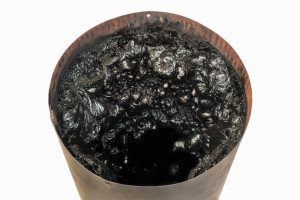A Brief History of Chimney Sweeping
The craft of sweeping chimneys changed immensely since its early origins during the Ancient Roman era. It is surprising to learn how brutal the job was before modern technology and regulations. Before laws and regulations were introduced in the United Kingdom (UK) during the Industrial Revolution (1760-1830), the majority of chimney sweeps across the globe were young children. These kids, called “chimney climbing boys,” began training as young as age six to work in hazardous conditions. Fortunately, those days are well in the past. Education and technology helped improve conditions and safety. At Atlas Chimney, our chimney sweeps have been trained and certified by the Chimney Safety Institute of America (CSIA) and use specialized tools to ensure safety. Since the history of chimney sweeping in the UK is similar to that of the USA, we want to tell you about some of the most important years in this history.
1788
During this year, the British Parliament began discussing how to regulate chimney sweeping. According to a professional chimney service in London and South Essex, Clean Sweep, an age limit of eight for chimney sweeps became law. However, this went mostly ignored. After the turn of the century, George Smart invented the first mechanical sweeper. Groups promoted this new method of chimney sweeping and lobbied to Parliament for stricter laws.
1834
Around a decade earlier, Joseph Glass improved on George Smart’s invention, creating the modern chimney sweeping brush. More and more people used this new tool, lessening the need for small children who could fit into chimneys. Parliament passed a law in this year saying children must agree in front of a magistrate to be a chimney sweeper.
1840
An act of Parliament protected those under 21 years old from chimney sweeping. However, this was not taken seriously because it was not law. Lobbyists continued to press Parliament into declaring this act into law, and over the next 35 years, controls over chimney sweeping were tightened significantly. In 1875, the Chimney Sweepers Act became law in order to stop child labor.
Atlas Chimney is thankful for the many improvements to the technology and other working conditions in the chimney industry. If you live in the Austin area, contact us for your professional chimney maintenance, repair, and installation needs.

